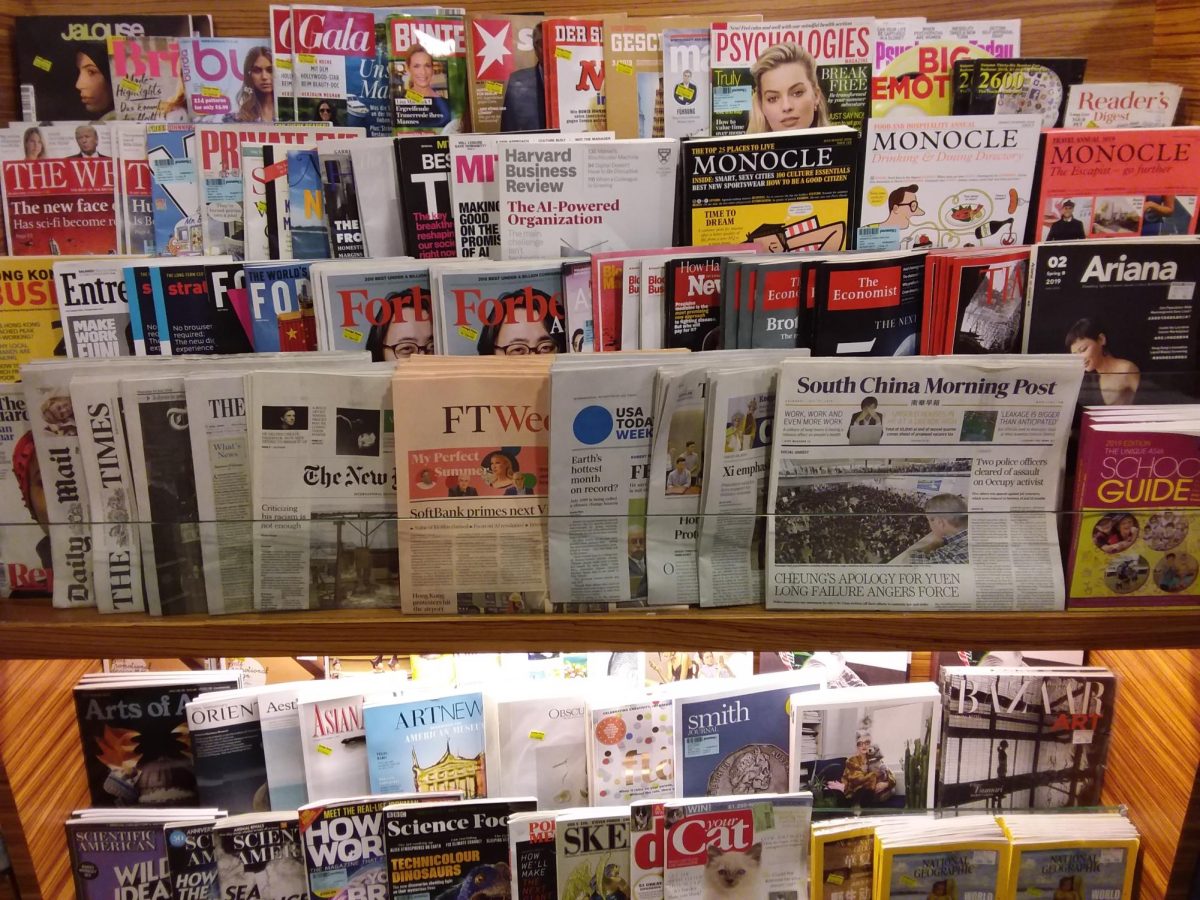The digital world provides us with an array of knowledge at our fingertips, but does it come at the sacrifice of the distinct print experience? Printing has a long history, dating back to ancient woodblocks and the revolutionary printing press, and it has permanently changed how civilizations learn and access knowledge.
Although digital displays now dominate our attention, paper provides a focus and durability that internet material cannot equal. A recent Pew Research poll discovered a statewide shift: 86% of U.S. people use digital devices for news, with 60% doing so often. This digital tendency goes beyond news, threatening to drown out the unique experience of physical books.
Will the sensation of holding a daily newspaper become a thing of the past as the age that valued its weight fades? Popular news outlets operate in both the print and digital worlds. The New York Times, for example, publishes a print version in addition to its online and app to reach a larger audience. Print readers enjoy the tangible experience, but digital appeals to fast-paced lifestyles.
Interestingly, the New York Times mirrors this movement. A stunning 72% of their members are digital-only, indicating a younger audience (average age of 42). This pattern demonstrates how even giants adapt: paper may survive, but digital seems to be the future.
In a world dominated by digital displays, let us not abandon paper. The tangible book provides a distinct and long-lasting relationship to the written word. The future of reading may rest in combining the qualities of print and digital mediums.





